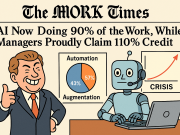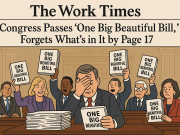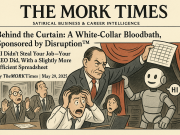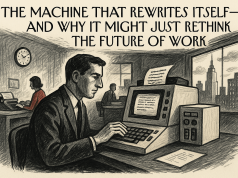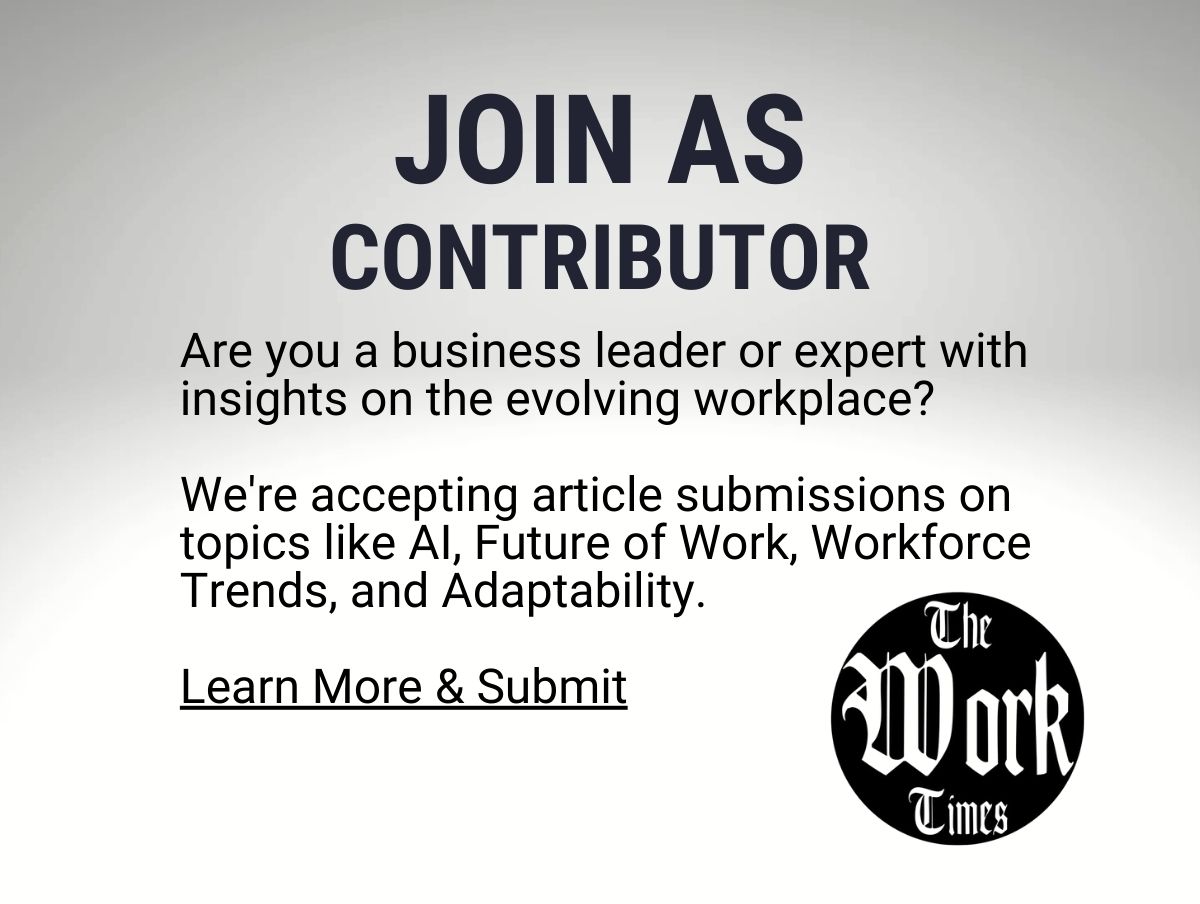Imagine walking into work, sipping your morning coffee, ready to skim the latest headlines before diving into your tasks. But wait! A new directive lands in your inbox—reading news at work is now forbidden. That’s exactly what happened to Social Security Administration (SSA) employees when the agency suddenly blocked access to news websites, online shopping, and sports pages. The rationale? Security and productivity. The reaction? Confusion, frustration, and a whole lot of eye-rolling.
This move might sound like something out of a dystopian satire, but it’s real. And while security concerns are valid, banning employees from news access seems like a drastic measure that might do more harm than good. Let’s break down why this approach might backfire—and how the Human Adaptability and Potential Index (HAPI) could offer a more balanced, effective solution.
Why Block News at Work?
The SSA claims the decision is about protecting sensitive data and reducing distractions. While keeping employees focused is an understandable goal, is banning news sites the way to do it? In reality, people find ways around restrictions—hello, smartphones! Instead of boosting productivity, the ban could frustrate employees, making them feel micromanaged and distrusted.
Plus, let’s be real: reading the news isn’t just about wasting time. Staying informed is crucial for employees who work in a government agency affecting millions of Americans. A better question is: How can organizations balance security, efficiency, and employee well-being? This is where the HAPI framework comes in.
What is HAPI and How Can It Help?
The Human Adaptability and Potential Index (HAPI) is designed to measure and enhance adaptability across five key dimensions:
- Cognitive Adaptability (learning agility, problem-solving)
- Emotional Adaptability (resilience, stress management)
- Behavioral Adaptability (willingness to adjust habits and routines)
- Social Adaptability (collaboration, communication in diverse teams)
- Growth Potential (long-term skill development, leadership readiness)
By applying these metrics, organizations like the SSA can find ways to implement change without alienating their workforce.
How HAPI Can Fix This Mess
1. Cognitive Adaptability: Employees Need Information
Blocking news sites assumes that all information consumption is a distraction. But in reality, keeping employees engaged means keeping them informed. A workforce with access to accurate, real-time news is better equipped to make sound decisions—especially in an agency like the SSA, where policies affect the public daily.
A HAPI-driven approach would assess how employees use external information sources. If certain sites are genuinely a security risk, the solution could be providing a curated internal news feed rather than an outright ban.
2. Emotional Adaptability: Don’t Breed Resentment
People resist change when they feel it’s imposed on them without input. SSA employees weren’t consulted before the ban, which means many are now feeling frustrated or micromanaged. Instead of promoting focus, such policies might increase stress and resentment.
Using HAPI, the SSA could measure employee sentiment before making drastic changes. Surveys, feedback sessions, and adaptability assessments could highlight concerns and offer better solutions—like limiting news access only during peak hours instead of banning it entirely.
3. Behavioral Adaptability: Give People a Say
Sudden changes to workplace rules rarely go smoothly. Employees are creatures of habit—especially in long-established government agencies. Expecting them to simply accept new restrictions without discussion is a recipe for backlash.
A smarter move? Use HAPI assessments to gauge how employees adjust to change and what strategies help them transition smoothly. Providing alternative ways to stay informed—such as approved news digests—can reduce pushback and increase acceptance.
4. Social Adaptability: Communication is Key
The best workplace policies come from conversation, not top-down mandates. When leadership fails to engage employees in decision-making, it creates an “us vs. them” dynamic. A more adaptable, communication-focused approach would involve discussions about digital workplace policies before enforcing them.
The SSA could apply HAPI by fostering open dialogue between leadership and employees. Town halls, Q&A sessions, and digital literacy programs could bridge gaps and build trust, ensuring that new policies feel less like restrictions and more like improvements.
5. Growth Potential: Focus on Long-Term Productivity
The SSA’s approach treats news consumption as a problem to be eliminated rather than managed. But adaptability isn’t about rigid control—it’s about preparing employees for change in a way that supports their long-term growth.
Instead of restrictive bans, HAPI-based strategies could include training on healthy digital habits or encouraging focused work periods with designated break times for news consumption. This way, employees remain informed and productive, rather than disengaged and resentful.
Final Thoughts: Build a Smarter Workplace, Not a Stricter One
The SSA’s news ban is a textbook example of a rigid approach to workplace management. While security and efficiency are important, treating employees like schoolchildren doesn’t foster trust or productivity.
A more adaptability-driven strategy—using the HAPI framework—would allow the SSA (and other organizations) to implement policies that balance productivity, security, and employee satisfaction. Instead of shutting employees off from information, workplaces should focus on guiding how they engage with it in a way that benefits both the individual and the organization.
After all, an informed, adaptable, and engaged workforce isn’t just good for morale—it’s good for business.
Like This?…..Read More Such Stories.
For Any News Tips Contact











